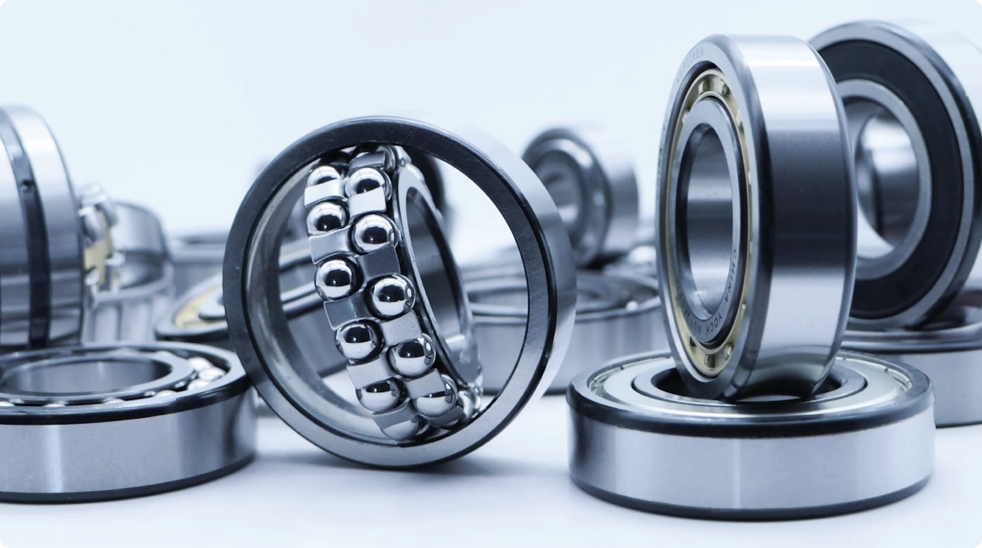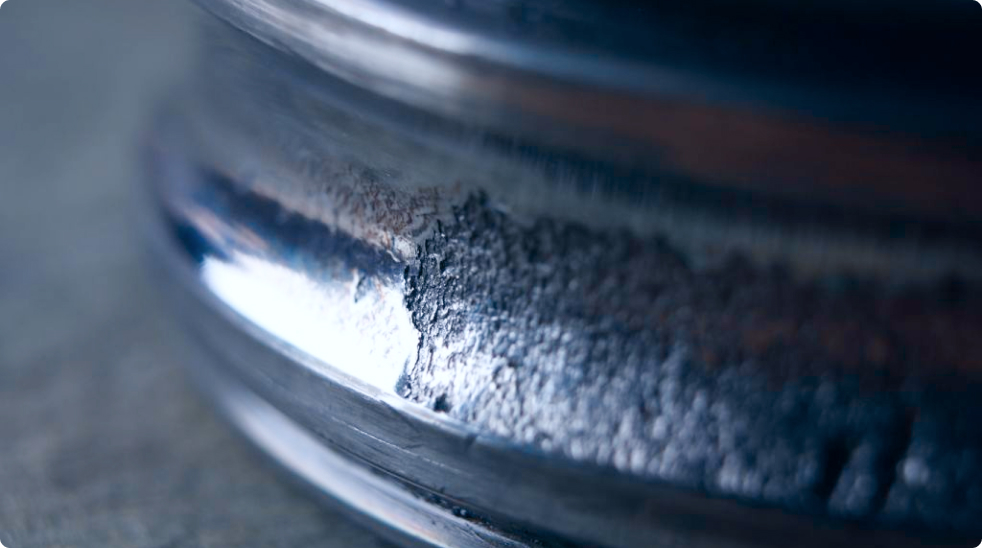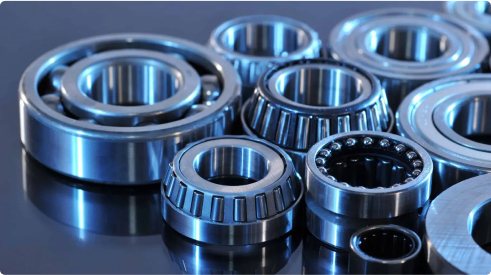
Sealed, Open and Shielded Bearings comparison
Open bearings
An Open bearing usually operates in an environment where the bearing is immersed in fluids such as lubrication oil. Open bearings do not have seals or shields and they expose the inner raceways, cages, and balls to the environment. Examples would be open bearings used to support shafts in gearboxes and transmissions where lubrication is constant and present.

Shielded Bearings
A shielded Bearing is used in any environment where contamination is not a major issue. Usually specified for applications where the designer desires low starting and running torque as well as enclosing the bearing limiting the ingress of minor contaminants such as dust.
Shielded bearings are often found in electric motors, fans, power tools, and office machinery. The shield has no contact with the inner ring where a small gap exists allowing for low starting and running torque. Shielded bearings are commonly specified with oil lubrication and usually starting and running torque is a consideration.

Sealed Bearings
Manufacturers use various designs for achieving the proper fitment and the degree of protection provided by the seal.

Why specify one over enclosure type of another and why is it important?
Bearing seals have two main functions: to prevent lubricating oil from leaking out and to prevent dust , water and other contaminants from entering the bearing. Bearings have to be adequately lubricated to prevent direct metallic contact between the rolling elements, raceways and cages to prevent wear and to protect the bearing surfaces against corrosion.
Sealed Bearings
Bearings with shields or seals filled with grease are widely used. Grease has the advantage over oil that its more easily retained and takes longer to be compromised than oil.
Sealed bearings have the advantage of being lubricated for life, are suitable for normal and light loads with moderate to low speeds. Sealed bearings generally have a low production cost and maintain no need for relubrication or greasing.
As such these bearings are used widely in electric motors, fan motors, and automation equipment.
Seal Types
When selecting a seal the following factors need to be taken into consideration:
- the type of lubricant( oil or grease)
- seal peripheral speed
- shaft fit
- space constraints
- seal friction
As mentioned seals are broken down into non-contact and contact types.
Non-Contact Seals and Shields
Non contact seals and Shields will demonstrate a small gap between the inner diameter of the seal/shield and the inner ring of the bearing. In order to improve the seal the gap is filled in with lubricant.
Contact Seals
Contact seals accomplish their sealing action through contact pressure ( the lip) which is made of Buna N rubber normally. Contact seals are by far the best way to seal a bearing.
Being far superior contact seals are efficient, although they demonstrate higher friction torque and result in temperature rise coefficients being higher. When the portion of a contact seal rotates while in contact with the shaft the allowable seal peripheral speed varies depending on seal type.
Lubrication is necessary at the contact surface between the lip portion of the contact seal and the shaft. Ordinary lubricant can be used for this purpose.
As demonstrated the most commonly specified types of enclosures for bearings are:
- rubber seals
- steel shields
- open
In some cases your application may require an OPEN bearing to have a seal on one side and be open on the other side. A seal may be required on the outside facing the environment and the open side is facing inward.
The reason may be to reduce drag or starting and running torque while still protecting the bearing.
The challenge for sealing bearings is to seal the bearing by protecting the bearing from contaminants and running efficiencies.
For additional information please Contact us.

